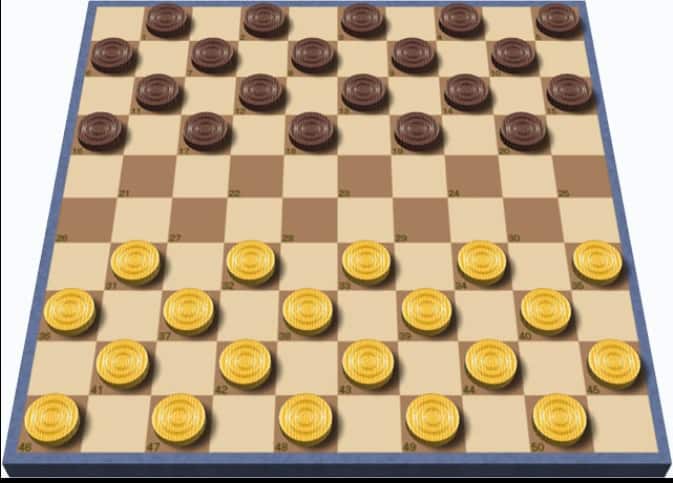
Recently the League posted Why I Hated Settlers of Catan (and Why We Should All Stop Hating Monopoly). The premise for Stop Hating Monopoly was that it is a well known introductory game and can be very useful to board gaming as such. This post proposes that there are rudimentary games which can easily be dismissed by the gaming community for their simplicity and lack of challenge. I suggest that Tic-Tac-Toe, Jenga & Checkers should be placed in front of Monopoly as gaming introduction due to their extremely easy to learn rules and game play. The fact there is no randomness is common to all three games but does not influence the decision to put them ahead of Monopoly for introducing new gamers to board gaming.
TIC-TAC-TOE
PRO: You only need scratch paper & pencil to play. Set Up is simple only needing to draw 4 lines on the scratch paper. The Goal of the game is to be the first to place 3 of your “X” or “O” in a row horizontally, vertically or diagonally. The Rules are equally simple being only a restriction that the “X” or “O” must be placed in blank space. EASY TO PLAY!
CON: The Start player has the advantage of 1 Turn more than their opponent. In games with players of equal skills the results will usually be a Draw.
VALUE: For youthful new gamers Tic-Tac-Toe is an easy to learn game which can awaken their interest in gaming. As a teacher a gamer might purposefully make a bad placement just so the young gamer may experience the win and be ready to move forward to maybe a more challenging game such as Othello.
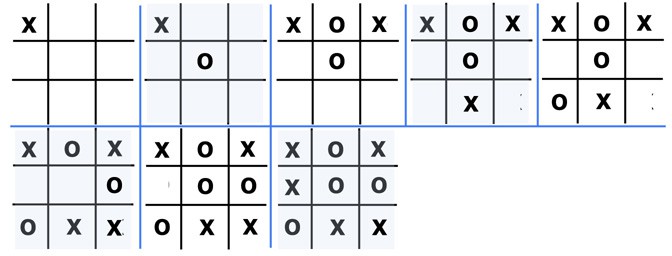
OTHELLO (REVERSI
Othello is a board game for two players played on an 8×8 board of squares. There are 64 discs which are light on one side and dark on the other side. Taking turns, players place a disc with their color face up on the board and if there are discs with the opponent’s color facing up which are bounded by the disk just placed and another disk of the current player’s color they are turned over to the current player’s color. A player wins if they have the most discs with their color face up when the last playable empty square is filled. Like Tic-Tac-Toe there’s not an element of randomness but the more game turns and locations to play move it up the ladder of game play & strategy. Yet simplicity in rules can make it inviting to a new gamer.

JENGA
Jenga is a physical dexterity Party game challenging players to remove wooden blocks without making the stack of blocks fall. Jenga is played with 54 wooden blocks.
PRO: Jenga is simple to Set Up and learn the rules. To set up the game stack the blocks in the initial tower which has eighteen levels of three blocks placed adjacent to each other along their long side and perpendicular to the previous level (so, for example, if the blocks in the first level lie lengthwise north-south, the second level blocks will lie east-west). It’s simple to Play. Once the tower is built. A player takes one and only one block from any level except the top level of the tower. Only one hand should be used. Blocks may be bumped to find a loose block that will not disturb the rest. The game ends when the tower falls.
CON: I had only played Jenga a couple of time many years ago when I was once again taught the game by my primary school Grand Niece. After playing again under her tutelage I felt that Turn Order really determined the Loser. The player whose turn came up on the 17th turn had no choice but to remove the last block which retained the balance of the stack. Upon researching the game rules for writing this Post, I found we had not been playing according to the rules correctly. When we removed a block from the stack we placed it out of play; whereas, we should have replaced it at the top of stack. This would eliminate the issue of Turn Order determining the Loser. However, it would seem to introduce the possibility of the game going on forever. Fortunately, what normally happens is a player loses their focus and removes the wrong block or they have very bad dexterity. The stack comes tumbling down with the laughter of all the other players and of course finger pointing followed by a joke. Playing with the right group can provide a very enjoyable introduction to a dexterity game and potentially move the new gamer up to a greater challenge such as Pick-Up Sticks.
VALUE: Highlights the joy of the interaction of board games missing in video games.
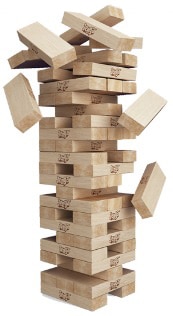
PICK-UP STICKS
Pick-up Sticks is a game where a bundle of ‘sticks’ are held in a loose bunch and released on a table top, falling in random disarray. On their turn a player must remove a stick from the pile without disturbing the remaining ones. If in the process of removing a ‘stick’ another ‘stick’ is
disturbed, a player’s turn is ended and play passes to the next player. When all the ‘sticks’ have been picked-up the game ends. Players score the ‘sticks’ they have picked up. The randomness of the initial drop of the ‘sticks’ with a resulting different pattern of locations and stacking of the sticks provides more challenging dexterity of play but yet simple to learn how to play.
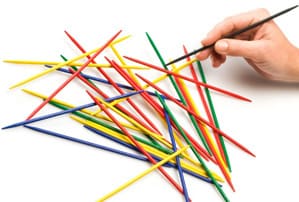
CHECKERS
PRO: Checkers is an age-old Move & Occupy game. It’s simplicity in goals and game play makes it a member of the new gamer’s introductory class. A game of Checkers, in some countries called Draughts, being a 2 player game can be played in about 15 minutes. Each player begins the game with 12 colored discs. The board consists of 64 squares, alternating between 32 dark and 32 light squares. Each player places his or her pieces on the 12 dark squares closest to him or her. Pieces always move diagonally. Single pieces are always limited to forward moves (toward the opponent). A piece making a capturing move (a jump) leaps over one of the opponent’s pieces, landing in a straight diagonal line on the other side. When a piece is captured, it is removed from the board. A player wins the game when the opponent cannot make a move. In most cases, this is because all of the opponent’s pieces have been captured, but it could also be because all of his pieces are blocked in.
CON:Though Checkers challenges the player with choices in where they will move and how many jumps they will make capturing opponent’s pieces, the choices are still somewhat limited. The restriction on movement due to both players only having 1 type of playing piece with the same capabilities limits the challenges in a game of Checkers.
VALUE:Checkers introduces the new gamer to the concept of planning 1 or 2 turns ahead in order to increase the opportunities of multiple capturing jumps. Perhaps then this new gamer may move onto a more challenging game such as Chess.

CHESS
The game of Chess begins with each player having 6 types of pieces which move differently giving it many more potential choices than Checkers. The most powerful piece is the queen and the least powerful piece is the pawn. The objective is to ‘checkmate’ the opponent’s king by placing it under an inescapable threat of capture. In most games of Chess both players experience more fun if they are of a comparable skill level. Some experienced chess player plan several moves ahead which is possible since there is no element of randomness. A more experienced player may enjoy a game with a player of a lower level of chess skills if they are grooming future competition.
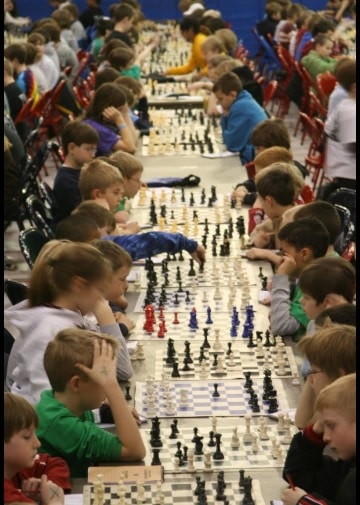
As gamers, designers and publishers we should have an interest in growing the board gaming community. What better way to introduce non-gamers, especially young ones, to gaming than to use some of these less challenging but simpler to learn & play games.








